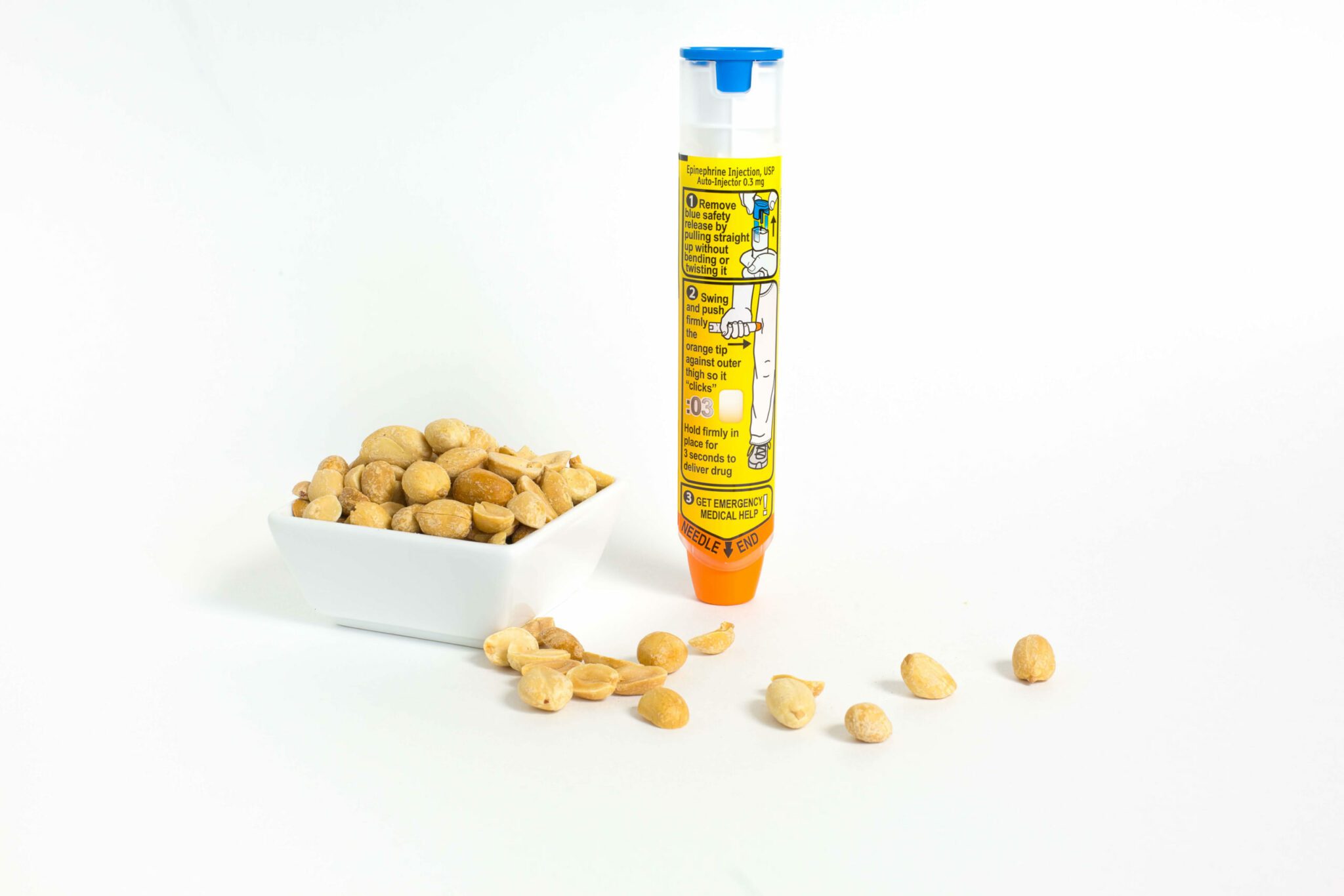5 Ways to Help Your Child’s School Handle Food Allergies

Sending a child to preschool with a life-threatening food allergy can be frightening and overwhelming for any parent. However, by creating a partnership with your child’s school, you can hopefully feel you are sending him or her into a safe environment. Here are a few tips to keep your child with food allergies safe at school:
Educate yourself on your child’s allergy by talking with your child’s doctor, reading reputable sources, and understanding when and how to give epinephrine if the need arises. Only then will you be able to communicate your child’s needs to the school.
Communicate with your child’s teacher, school nurse, and the school administration before the start of school about the particular allergy and what foods your child needs to avoid. Help them understand what an allergic reaction looks like in your child (hives, vomiting, etc.) so they will be able to recognize if your child has been exposed in order to act quickly.
Talk to your child’s doctor about an Emergency Care Plan, which delineates in detail what the school should do in the event your child shows any symptoms.
Always have at least one epinephrine pen (epipen) readily available in your child’s classroom or school office, making sure the date on the package has not expired (remember, they only have a shelf life of one year). You can even train your child’s teacher to use the epinephrine pen, being sure to let them know that nothing bad will happen if they use it unnecessarily, but if they do not use it when they should, it could be fatal.
Educate your child’s school that simply sitting your child at a “peanut free” table may not be enough to protect him or her and may only serve to isolate your child from the other children in the class. Some schools will label classrooms “peanut free” if there is a child with an allergy, and you can certainly advocate for this in your child’s school.
Powered by Bundoo®










